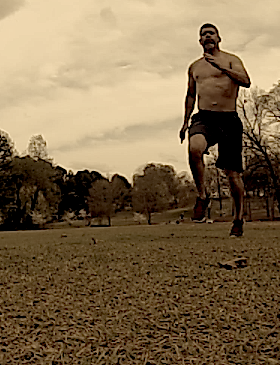
5 Simple Ways To Measure Your Functional Fitness
- Are you curious as to how functionally fit you are?
- Do you know the definition of functional fitness?
- Do you evaluate the strict execution of your movements during your training?
- Are you interested in improving your functional fitness program?
If you are looking for a good simple way to measure your functional fitness then I’m hoping this article will give you some good insight on how to go about doing it in a practical manner. Sure there are functional movement screenings, physical therapists, and a boatload of other professionals on the internet that have a whole bunch of technical savvy methods to explain function, but in terms of practical day to day application I’m going to provide you with a few simple drills and exercises to both test and train your functional fitness abilities.
Test And Measure Your Functional Fitness
In today’s article I want to try to offer some simple exercises that you can use to both assess and use to build on your functional fitness ability. In terms of human function most people tend to experience mobility and stability issues either in the shoulders, or the hips. There are other factors that can impede function, but for the sake of today’s article many of these measures are going to revolve around those variables.
First of all what is functional fitness? I define functional fitness as the ability to possess the skill and ability to execute movements that mimic real life and sport activities with confidence and without inhibition. This obviously covers a broad spectrum, but it does cover most aspects of day to day physical living.
With that being said here are some exercises and ways you can go about assessing your functional fitness ability…
This is a pretty quick and simple test that you can perform on yourself assess a very basic level of function. Can you stand up straight and bend over to touch your toes while keeping your legs straight? This is a basic function, but if you’re lacking in this area then the bad news is that you are more than likely setting yourself up for an injury due to this restriction.
For instance, a trainee that is unable to perform this move may try and perform a deadlift movement which should involve a great deal of stress on the posterior muscles involving the glutes and hamstrings. However, if these areas of the body are tight this typically causes a huge compensation in the lumbar spine resulting in a pulled low back muscle, or worse. Make sure you can bend over and touch your toes.
This move pretty much involves you being able to sit in a saddle stretch. This involves sitting on the ground and widening your legs out (like a “V”) as far as you can and holding this position without assistance. You should be able to do this while keeping the backs of your knees flat and pushed firm into the ground along with keeping your ankles dorsiflexed (toes pointing to the sky).
You should be able to sit in this position without placing your hands on the ground to hold yourself up, without leaning with your back against a wall, or without using a counterweight such as a kettlebell as you see me doing in the picture. If you can do this without all the assists I mentioned here then your hips and hamstrings are mobile enough to support you in this position without any assistance.
However, if you’re incapable of sitting in any of these positions without the assistance of the tools I mentioned then using those methods to get into this position is a great way for you to train your body to get into saddle stretch. By using these tools and methods to assist you’ll eventually be able to hold the position without the need, or the help of these other passive forces to hold you in place and force the stretch.
The Goblet Squat Test
The goblet squat is an exercise that you shouldn’t underestimate. This is a strength test that I adopted from Dr John Rusin which involves being able to perform the goblet squat for 25 straight repetitions with a kettlebell, or dumbbell that is half your bodyweight.
The idea is that if you can’t perform half your bodyweight for 25 straight repetitions then you’re not ready for the barbell. I like this test a lot. This drill forces you to activate your core midsection to support the the weight which is more anteriorly loaded.
In addition to this the goblet squat also a great movement at prying your hips open as you descend into the base of the squat position. I’m not performing the test in the video, but rather demonstrating the goblet squat technique itself. I use this exercise on a regular basis and have obtained tremendous benefits from doing so. Trust me the test will humble you .
The Strict Pull Up Test
Once again this is more of a basic test of your functional fitness and ability. The pull up is one of the most challenging strength movements you can perform. However, with that being said the pull up exercise is also another great strength movement that is frequently butchered in many gyms, health clubs, and CrossFit boxes all over the world.
This test of your functional fitness involves you being able to demonstrate strict execution of the movement much like the goblet squat test. To perform the pull up test you want to grip the bar with your hands at about shoulder width distance. From here you want to start out with your arms fully extended and your shoulder girdle almost completely relaxed.
Next, you want to pull yourself all the way up until your neck is at bar level and return back to a full dead hanging position with your arms completely straight. The key to this movement lies within the strict technique. The strict technique is where you gain all the benefit of strength. The idea is to be able to perform at least 5 strict pull ups with solid ability.
This test involves you being able to demonstrate stability in your scapula and throughout your midsection when performing the push up movement. When performing push ups many people have what I call breakage along the link of the kinetic chain when performing push ups.
This may involve several areas of the body, but one common area of weakness that you can spot is at the scapula (shoulder blades) during the descent of the push up. This break in the chain involves a collapse of the scapula and a trainee will tend to drop, or reach with their head towards the ground.
This technical flaw is what I like to refer to as roostering because the head bobbing up and down resembles a rooster bobbing its head when it’s walking around strutting. If you look at the first picture you’ll notice that I’m purposely collapsing my shoulder blades and dropping my head to identify the roostering involved in a flawed push up.
Of course the second photo demonstrates a proper push up posture with the shoulder blades being stable and secure. The idea is to maintain the stability in the shoulder blades throughout the push up movement. The purpose of the push up test here is that you should be able to perform at least 10 strict push ups maintaining rigidity and a straight line along your body while moving in a full range of motion (ROM). You should be able to move from a fully locked out position to about a fist height of above ground measuring at the base of your sternum (chest bone).
Measure Your Functional Fitness: The Takeaway
Regardless of your fitness goals you have to place emphasis on being able to perform movements that you would encounter in day to day life. If you’re restricted, or inhibited in some of your basic function then you’re going to be limited and possibly even subject yourself to an injury. An injury is only going to sideline you and make it a more difficult journey for you in terms of obtaining your goals.
Are you currently doing anything to measure and test your functional fitness?
Are you able to perform these movements as they are defined here?
What other functional strength movements do you incorporate into your current training program?
Also if you want to learn how to tie these together then make sure you check out my brand new 120 Day Functional Fitness Training Program right here below! I guarantee it’ll get you into the best shape of your life, or I’ll give you your money back no questions asked.
CLICK HERE TO ORDER MY 120 DAY PLAN TO POWERFUL FUNCTIONAL FITNESS!!!
It’s changing lives already!
Click On Image Here
3 Must Have Single Leg Exercises For Strength And Stability
3 Functional Strength Drills For Fitness And Performance
4 Guaranteed Ways To Get A Functionally Strong Body
5 Unique Strength Drills To Enhance MMA Performance And Serious Fitness
3 Steps To Build Your Turkish Get Up For MMA
3 Push Up Variations To Give You Knock Out Punching Power For MMA And Combat
Click on all images below…
If you’re looking to enhance your fitness for MMA and martial arts then make sure to check out my
90 Day MMA Strength And Conditioning Program Here.
Get ONNIT kettlebells here: (Click On Image)
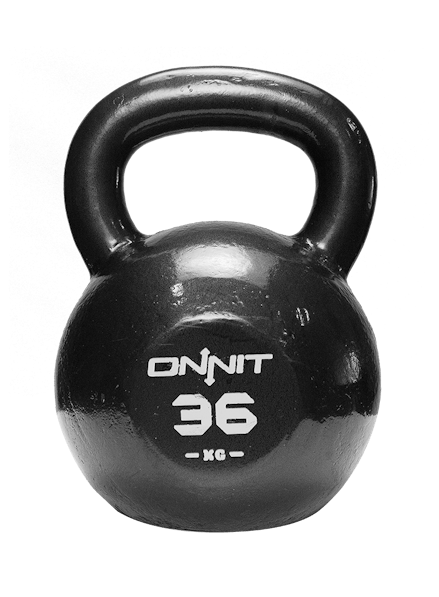
For the absolute best solution for chronic and acute severe muscle and joint pain make sure to get your bottle of CobraZol Sport. It’s the absolute best product on the market and it’s been scientifically proven to alleviate muscle and joint pain having two double blind placebo studies done here in the U.S. being one of the only…if not the only topical pain reliever to have this kind of science behind hit.
Click On Image Here
Leave a Reply
You must be logged in to post a comment.
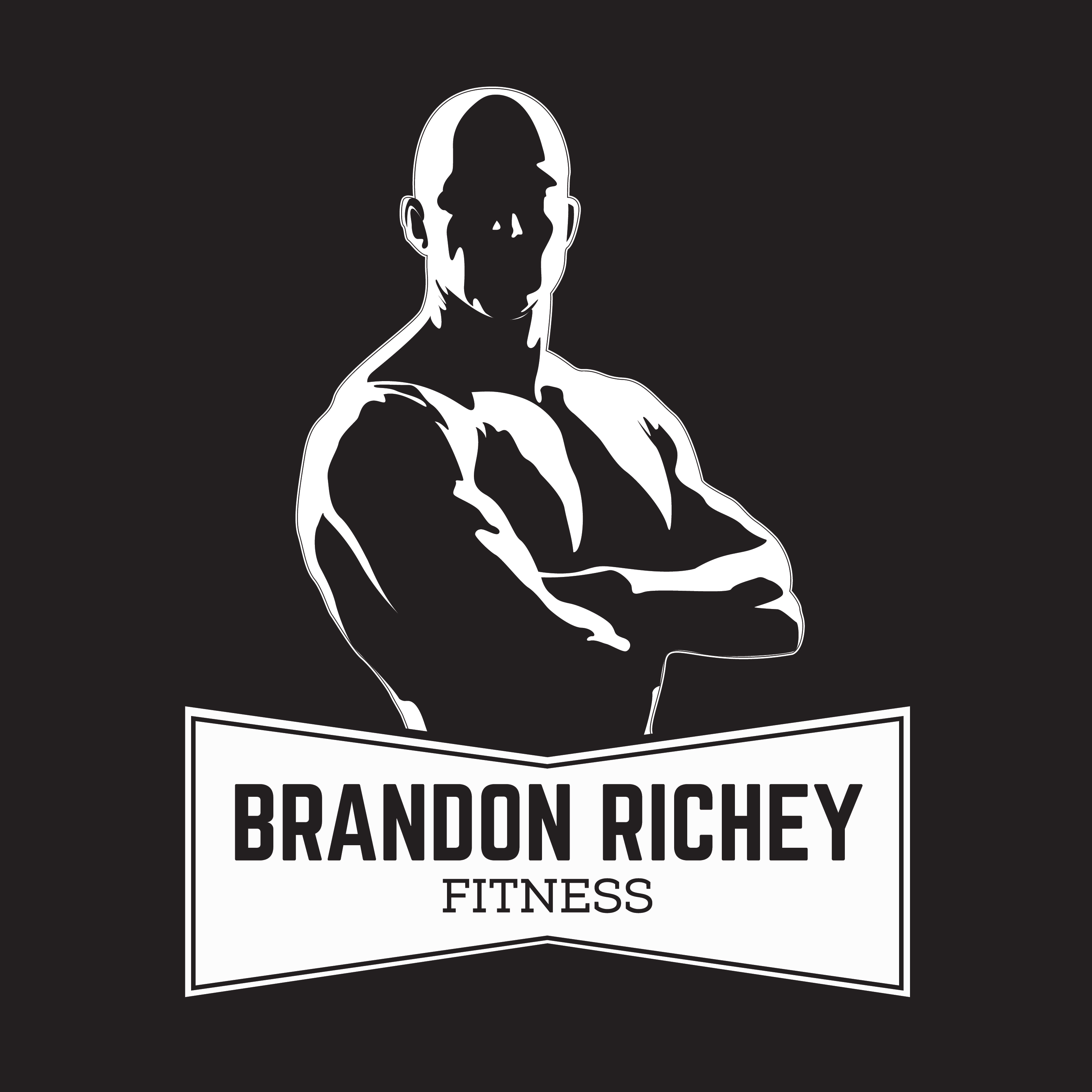
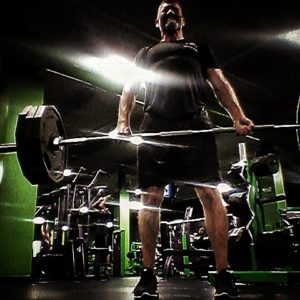

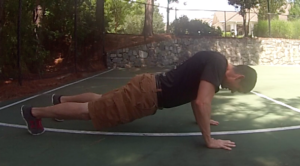
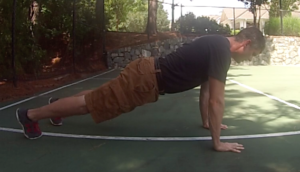
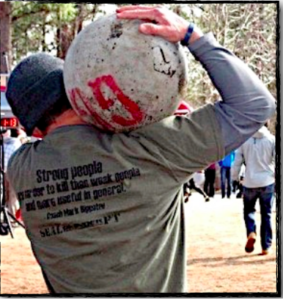
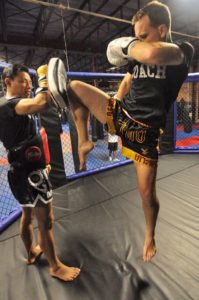
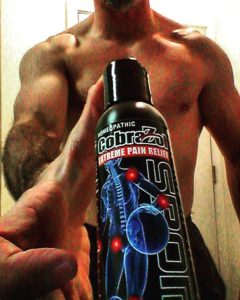
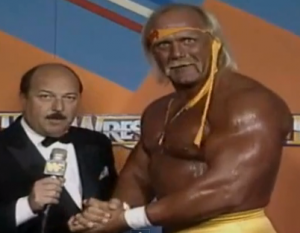
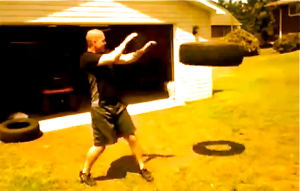
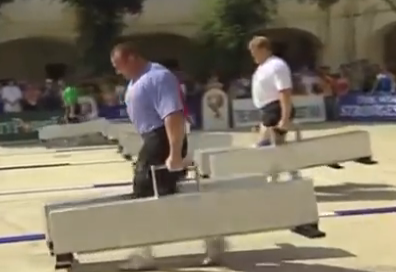
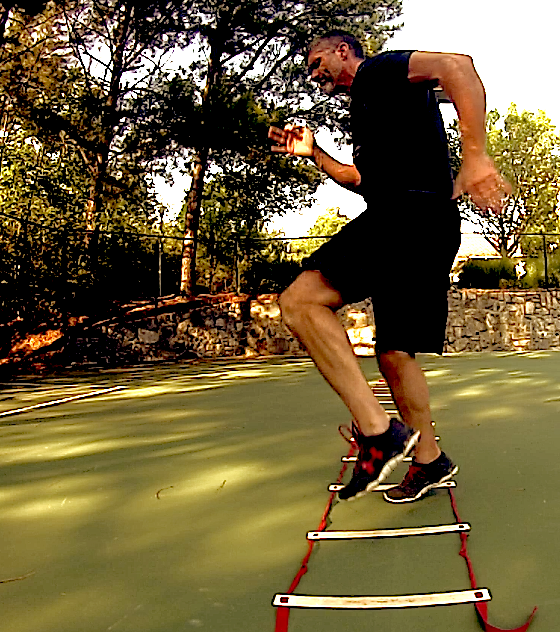

The basics! Too often do I see people skip the basics to go straight into a more complex dynamic exercise and end up looking like a baby deer on a frozen pond. Last time I checked, we still crawl before we walk, walk before we run. We learn the ABC’s before we put them together into words, sentences, and paragraphs right? Basics…. Thank you Brandon for being legit and tactical in your training philosophy. As you said, ignoring basic movement patterns is asking for injury. Keep up the quality insight!
Thanks for the feedback Trey! Absolutely brother. Yes even at times I have to remind myself to spend the extra time in movement prep before diving in all the way to intense training. As you said we can’t skip. We have to take the time to prime our bodies for movement and ease into the training. However, if some aren’t ready then they have to realize where they’re not ready. Thanks again and don’t be a stranger to the site!
Great article Brandon.
The tests you presented are really great tests of functional fitness. It’s always nice to see articles talking about the basics. You just can’t beat them.
Really enjoyed the read.
Thank you
Thanks Tom! I appreciate you looking in. When it comes to functional fitness and being physically ready to take on life tasks, sports competition, and just being optimally fit I’m a big proponent of self understanding. I just wanted to be able to present some tactics here for everyone whether they’re getting serious about athletic competition, or starting to get back into getting in tip top shape. Thanks for the feedback brother!
Great read Brandon!! Very informative and useful in everyday life. It’s all about the basics at the end of the day and once you master that you can do anything. I’ve seen to many gym goers injure themselves because lack of knowledge and not knowing how to execute certain movements in their workouts or not knowing their strength and what they can or can not do . Overall, this piece was good. Thank you for sharing your knowledge with us!
Hey Joyce thanks so much for your feedback! Yes, I like the addressing needs first regardless of ability level. Like you said not knowing how to execute something can be a detriment to performance. Well, at least here people know how to communicate some fundamentals. Thanks again and please don’t be a stranger to the site!
Well hell, No way I can do the saddle sit, toe touch or the 1/2 Goblet squat Pushups easy peasy, pullups I need to work on that strict part, but I think I got those. I see that mobility is my weakest area for sure. I have done SGPT 1.0, RASP and currently SGPT 2.0 (in progess). As you might notice I love SGPT and now you are part of them so I have to love you as well…:) . My concern is that I am looking at the next shiny thing and $$$ being what they are I don’t need shiny things. At 62 yo I think I am doing well, but there is always ways to get better. Thanks for all you do.
Hey Brian! That’s awesome brother! Well, I can definitely say I’m honored to be a part of the SGPT family for sure. I’m glad to hear that you’re crushing it! Yes, I believe we can all find a way to get better. As Coach Brad says we work to get better 1% daily. If you need help, or I can help with that 1% then just let me know my friend. We can get you functional with those movements. Thanks so much for your feedback my friend and please don’t be a stranger to the site!